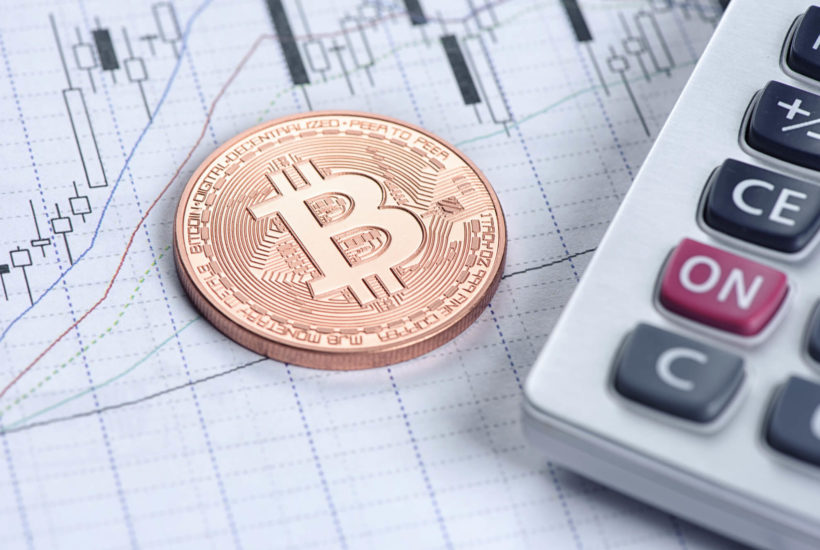Crypto
Cryptocurrency technical analysis: How and where to find coins
Technical analysis relies on probabilities. Chart patterns can be useful to guess future price action. Successful crypto investors are not afraid to go against the crowd.

Technical analysis can be useful for predicting the market direction for long-term, medium-term, and even short-term trades. Having said that, if you are looking to learn this craft to improve your success rate as a crypto trader, it can be difficult to know where to start. Here are a few things to help you get started.
What is technical analysis?
A technical trader focuses on the statistical analysis of price movements and the probability of making profits based on such patterns. Through this, it is assumed that price is a reflection of past market sentiment. In other words, charts display how humans have reacted and behaved about an asset. Purists believe that fundamental information is lagging the technical data.
Websites like CryptoCoinTrade provide practical and insightful advice for trading digital coins. Several pages are dedicated to analyzing hourly, daily and weekly charts to predict price changes that could happen in the near future. Thanks to CryptoCoinTrade, traders can read different articles about technical analysis of cryptocurrency and therefore be aware of multiple trading opportunities.
What basics should I learn first?
Studying chart patterns can increase the likelihood of being successful. Seeing these illustrations can help you decide, at first glance, if the market is stable or if it is too erratic to invest in. There are at least 13 different basic chart patterns that work for any timeline. Indicators in these charts include the initial coin direction, breakout movement, and growth of volume at the breakout point.
As technical analysis relies on a statistical approach, some standard technical indicators can be very useful. These tools provide metrics that are used to predict price movements and therefore can provide a signal that confirms the chart pattern. For instance, Bollinger Bands, Volume, Moving Average Convergence Divergence (MACD), and Relative Strength Index (RSI) are the most well-known indicators.
Support and resistance levels are just as important. These levels are linear breaks in the graphs that show where most of the trading happens. Both breaks show strength in price levels that prevent the price from falling further or rising higher. When one of these levels breaks, it usually signals that the market will move further in that direction, which is known as a “breakout.” The longer the price takes to consolidate and cluster in a tight range, the more violent the breakout tends to be. However, algorithmic trading currently reduces the effectiveness of trading breakouts because bots create many “false breakouts” to trap traders by triggering their stop losses.

It’s important to study chart patterns as it can help you make investment decisions. (Photo by DepositPhotos)
Other important tools for linear measurement are the Fibonacci retracements and extensions. Elliott Waves can also be used as an advanced technique to count waves within a chart. According to that theory, a trend always obeys the same rules, no matter what time frame you are looking at.
What differentiates winners from losers?
While that could cloud your instinct and judgment, always remember that a loss is inevitable and that the market is not rational. Once you accept these facts, it is easier to focus on your personal strategy.
This does not mean that technical analysis should be discarded. Like most ventures, crypto trading demands a delicate balance between theory and application. In the beginning, trading patterns, studies, and analysis will matter, especially because it is your hard-earned money at stake. Knowing what to expect will allow you to invest wisely.
While technical analysis ironically allows you to analyze, the best advice is to “stop analyzing too much.” Statistics and graphs are there for your observation. Act only on a signal and always bear in mind the goal of your investment. The toughest thing to do as a trader is to be self-confident enough to push the button even though you are going against the crowd. However, it is a necessary skill to acquire to become successful.
Conclusion
Crypto trading will always be a challenge that combines learning, sticking to your strategy, and fighting your own emotions. Nonetheless, it is crucial for any new trader to learn money management as well as risk management before putting a large portion of their net worth at risk. Because losses are unavoidable, investors have to learn how to keep them as small as possible. At the end of the day, what matters is not what you make, but rather what you keep.
(Featured image by DepositPhotos)

-

 Crowdfunding2 weeks ago
Crowdfunding2 weeks agoSwitzerland’s Crowdfunding Market Remains Stable – Without Growth
-

 Crypto1 day ago
Crypto1 day agoBitcoin Traders on DEXs Brace for Downturn Despite Price Rally
-

 Business1 week ago
Business1 week agoDebt-Fueled Markets, Zombie Corporations, and the Coming Reckoning
-

 Impact Investing6 days ago
Impact Investing6 days agoGlobal Energy Shift: Record $2.2 Trillion Invested in Green Transition in 2024

























